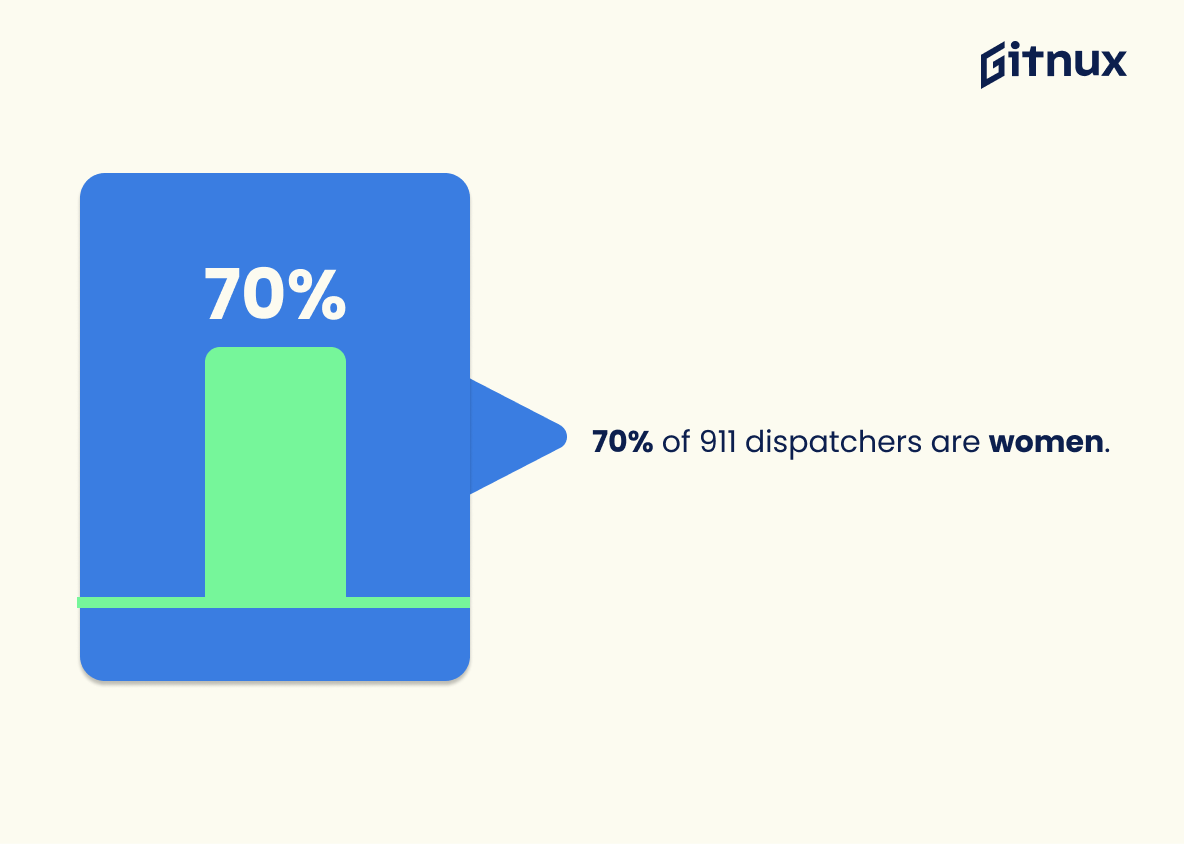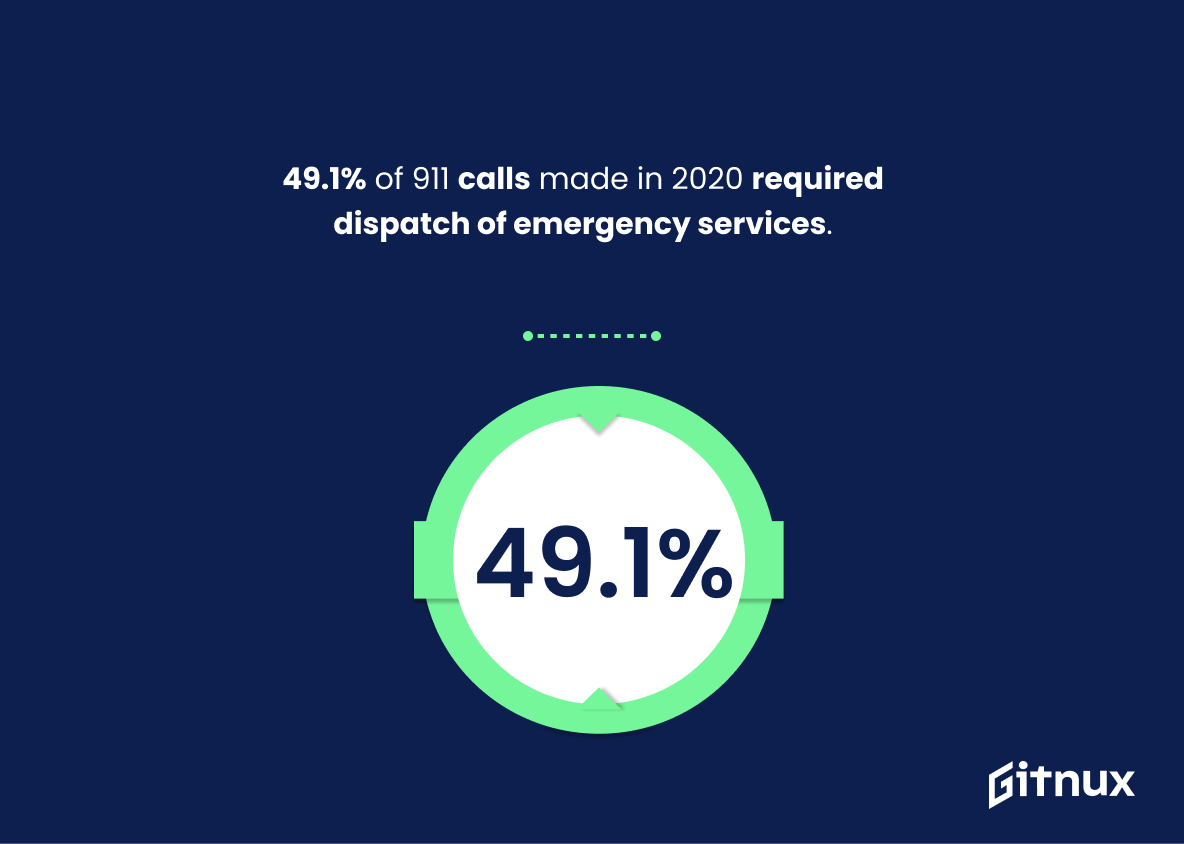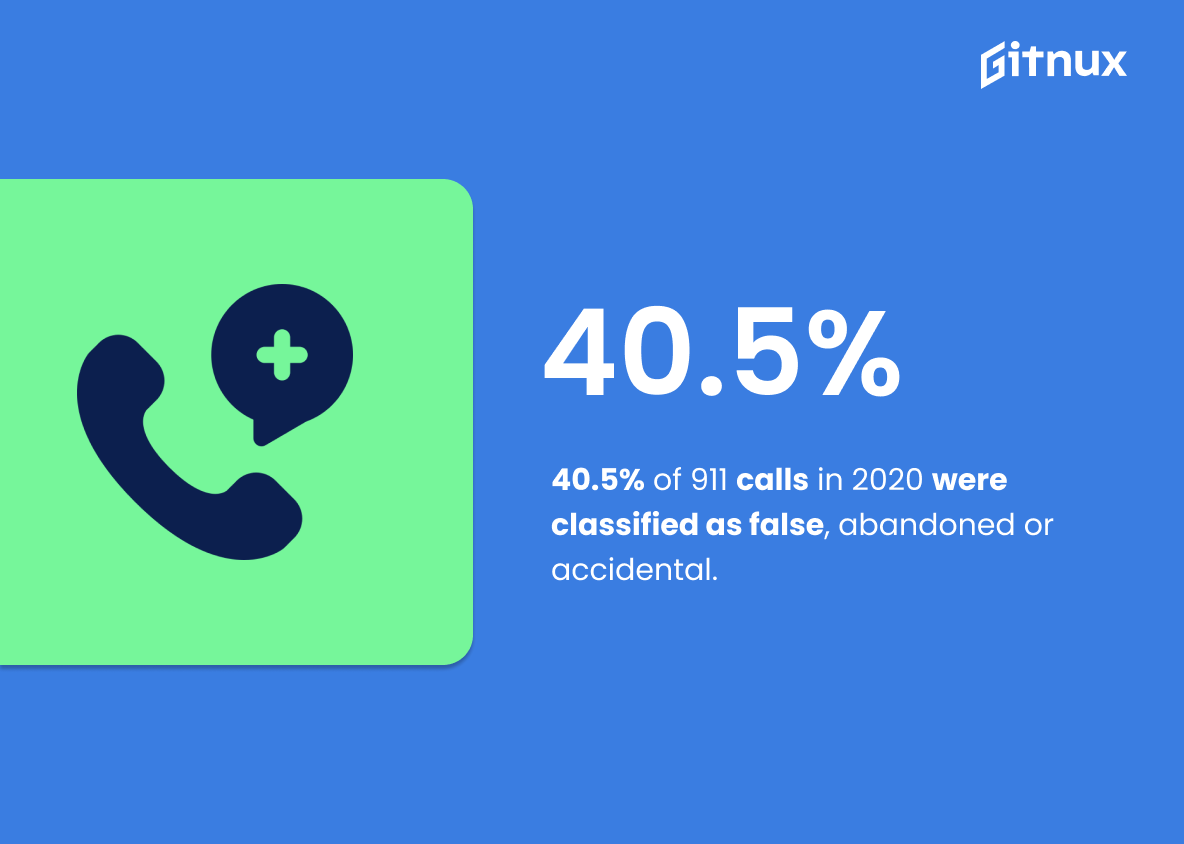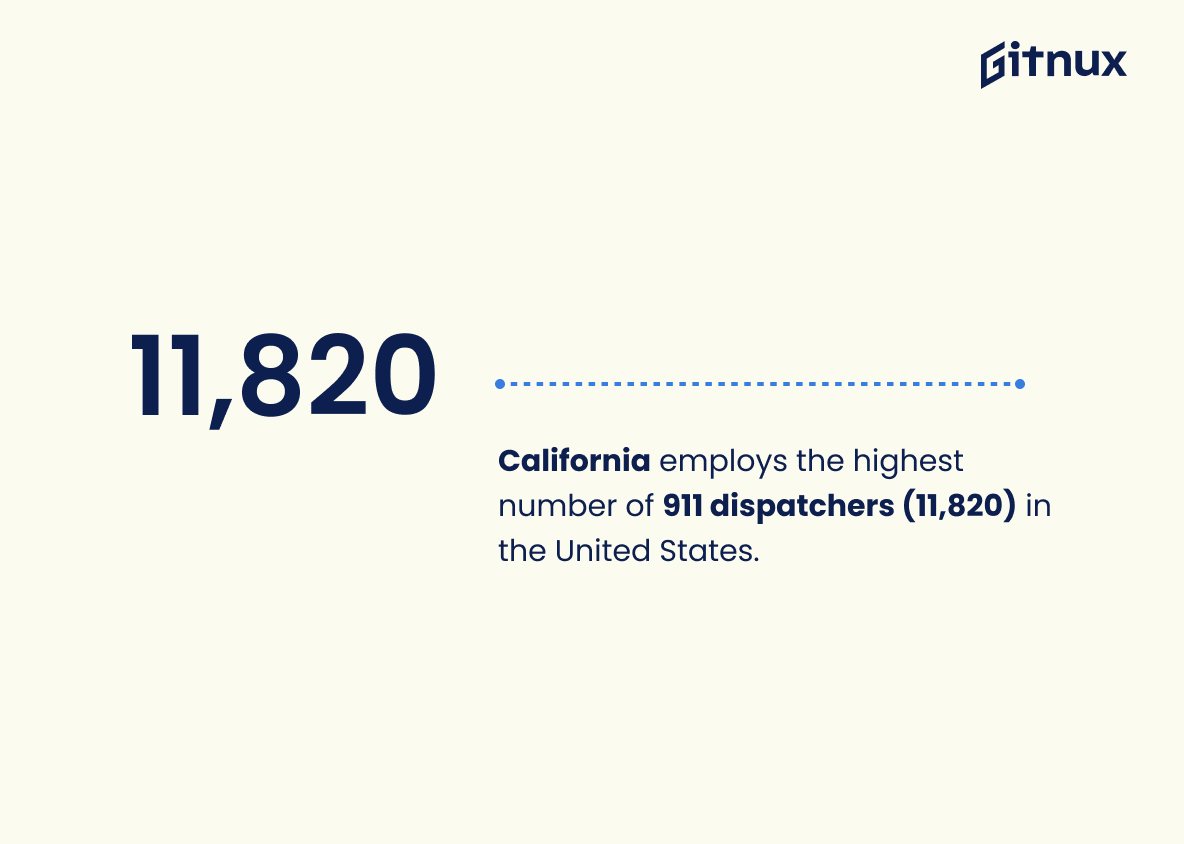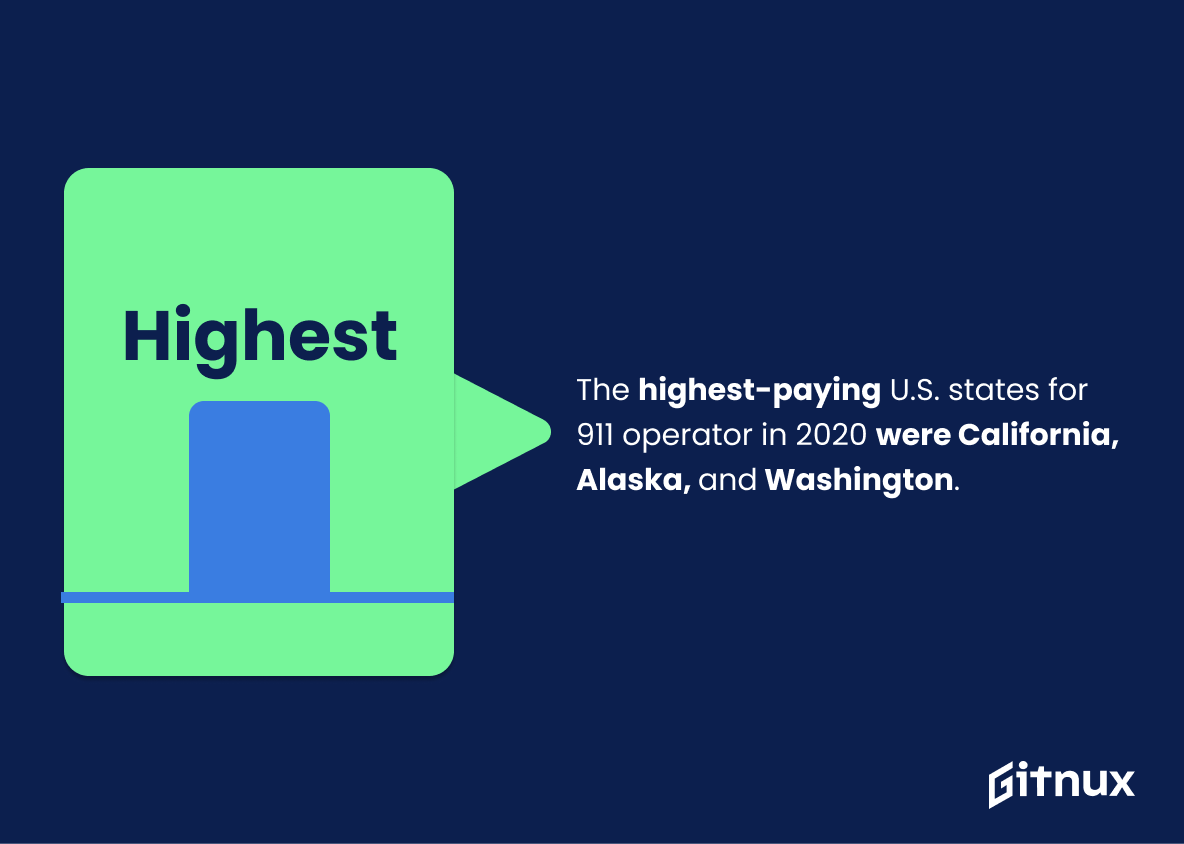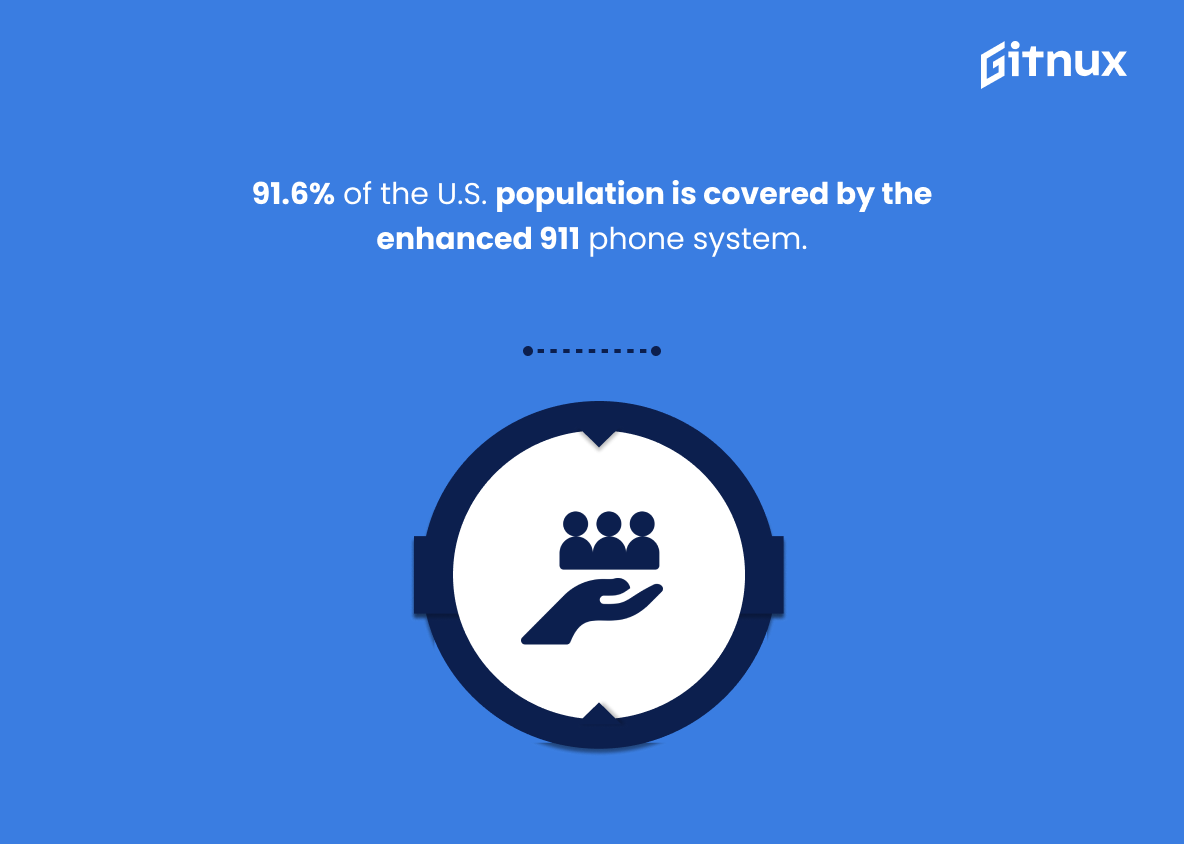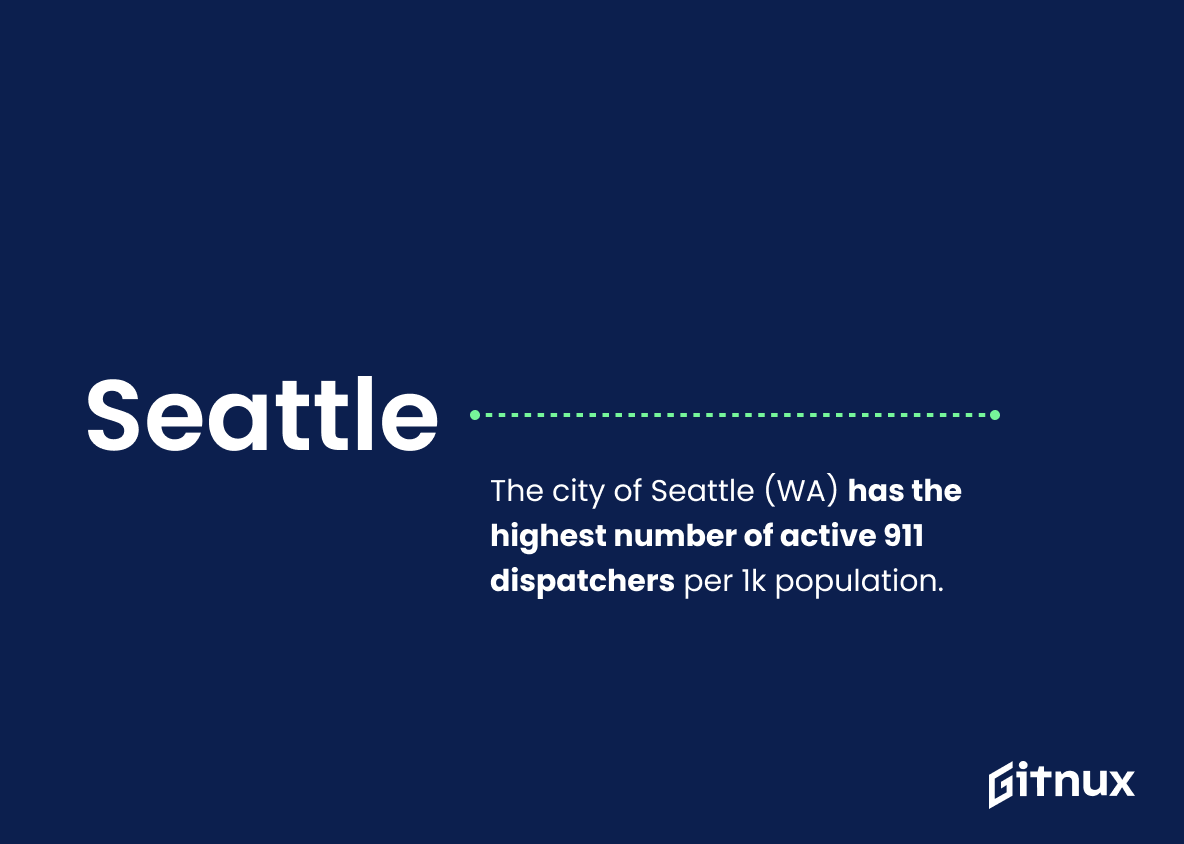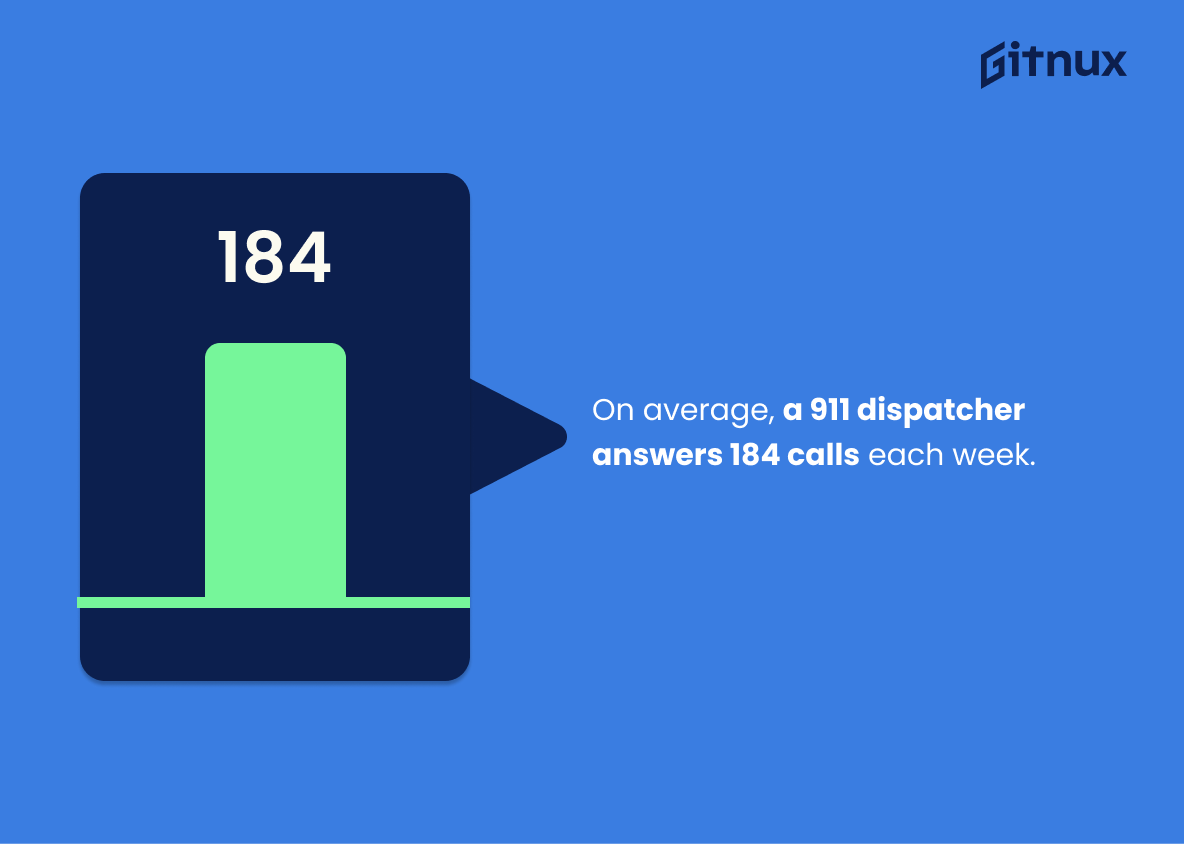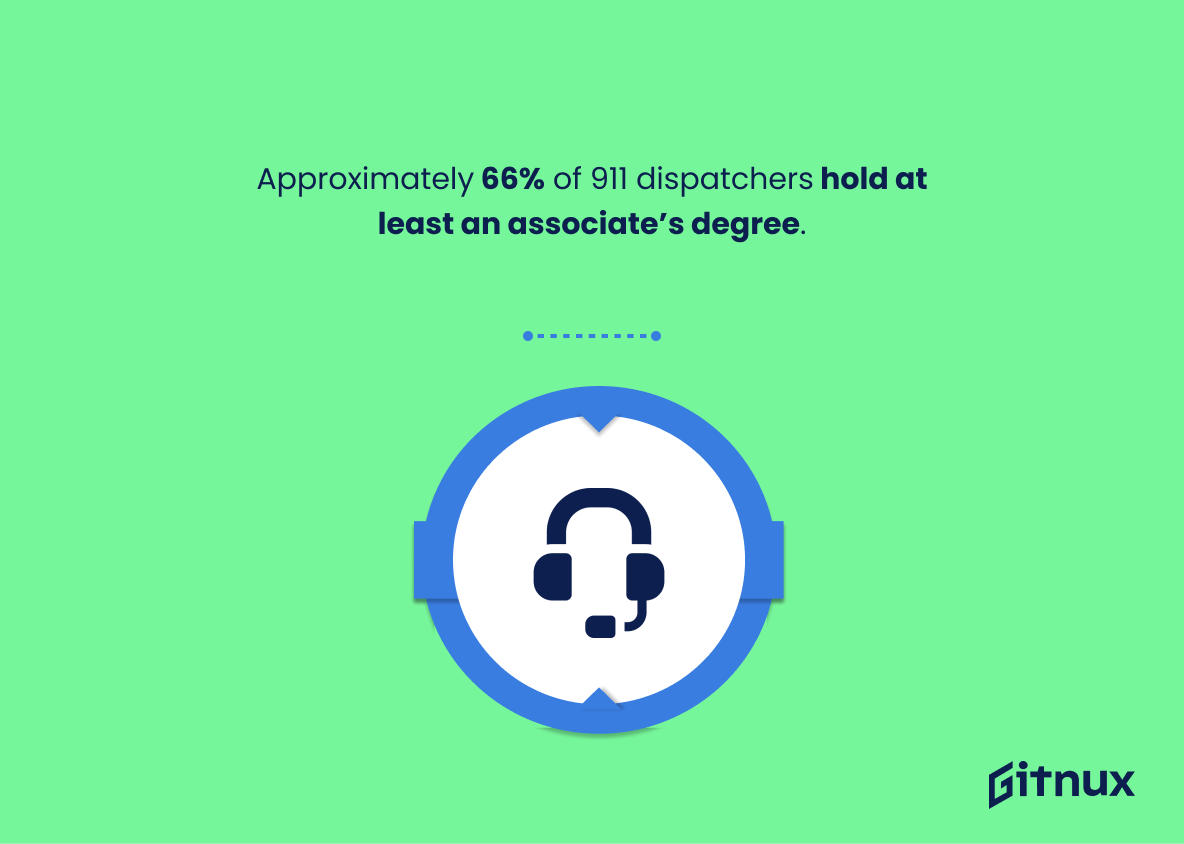The 911 emergency call system is an essential part of our nation’s public safety infrastructure. It serves as a lifeline for millions of people in need, and the dispatchers who answer those calls are often unsung heroes.
In this blog post, we will explore some interesting statistics about 911 dispatchers to gain insight into their important role in society. We’ll look at data on employment numbers, wages, stress levels, educational requirements and more to get a better understanding of what it takes to be a successful dispatcher. So let’s dive right in.
911 Dispatcher Statistics Overview
The median annual wage for police, fire, and ambulance dispatchers was $43,290 in 2020.
This statistic is a powerful indicator of the value of the work done by police, fire, and ambulance dispatchers. It speaks to the importance of their role in providing emergency services and the level of compensation they receive for their efforts. It also serves as a benchmark for other professions in the field, providing insight into the wages of those who work in similar roles.
Employment of police, fire, and ambulance dispatchers is projected to grow 6% from 2020 to 2030.
This statistic is a crucial indicator of the future of 911 dispatchers, as it suggests that the demand for their services is expected to increase in the coming years. This is an encouraging sign for those considering a career in this field, as it indicates that there will be plenty of opportunities for them to pursue. Additionally, it is a reminder of the importance of 911 dispatchers in our society, as their role in providing emergency services is essential.
Stress levels of 911 dispatchers are similar to those of police officers and firefighters.
This statistic is a powerful reminder that 911 dispatchers are just as much a part of the emergency services team as police officers and firefighters. It highlights the immense pressure and stress that these individuals face on a daily basis, and the importance of providing them with the necessary support and resources to help them cope with the demands of their job.
70% of 911 dispatchers are women.
This statistic is significant in the context of a blog post about 911 Dispatcher Statistics because it highlights the fact that the majority of those working in this field are female. It is a testament to the hard work and dedication of women in the emergency services, and it is important to recognize their contributions to the safety of our communities.
49.1% of 911 calls made in 2020 required dispatch of emergency services.
This statistic is a powerful indicator of the importance of 911 dispatchers in our society. It demonstrates the sheer volume of calls that require the expertise of dispatchers to ensure that emergency services are dispatched in a timely and efficient manner. This statistic is a testament to the hard work and dedication of dispatchers, and serves as a reminder of the vital role they play in keeping our communities safe.
40.5% of 911 calls in 2020 were classified as false, abandoned or accidental.
This statistic is a telling indication of the immense pressure that 911 dispatchers face on a daily basis. It highlights the sheer volume of calls they must manage, as well as the amount of time they must spend dealing with false, abandoned, or accidental calls. This statistic is a reminder of the importance of the role of 911 dispatchers and the need for them to be well-trained and well-equipped to handle the demands of the job.
Over 102,000 911 dispatchers are currently employed in the United States.
This statistic is a powerful reminder of the vital role that 911 dispatchers play in our society. With over 102,000 dispatchers employed in the United States, it is clear that these individuals are essential to providing emergency services and responding to calls for help. This statistic serves to highlight the importance of the work that dispatchers do and the impact they have on our communities.
California employs the highest number of 911 dispatchers (11,820) in the United States.
This statistic is a testament to the importance of 911 dispatchers in California. With the highest number of dispatchers in the United States, it is clear that California values the safety of its citizens and recognizes the vital role that dispatchers play in emergency response. This statistic is a reminder of the importance of 911 dispatchers and the need to ensure they have the resources and support they need to do their jobs effectively.
The highest-paying U.S. states for 911 dispatchers in 2020 were California, Alaska, and Washington.
This statistic is significant in the context of a blog post about 911 Dispatcher Statistics because it provides insight into the states that offer the most competitive salaries for this profession. Knowing which states offer the highest pay can help potential 911 dispatchers make informed decisions about where to pursue their career. Additionally, this statistic can be used to compare the salaries of 911 dispatchers across different states, allowing readers to gain a better understanding of the salary disparities that exist in the profession.
91.6% of the U.S. population is covered by the enhanced 911 phone system.
This statistic is a testament to the effectiveness of the enhanced 911 phone system, as it indicates that the vast majority of the U.S. population is able to access this vital service. This is especially important in the context of a blog post about 911 Dispatcher Statistics, as it highlights the importance of having a reliable and accessible emergency response system in place.
47 states and the District of Columbia have PSAPs (Public Safety Answering Points) that are capable of receiving text-to-911 messages.
This statistic is a testament to the progress made in modernizing emergency response systems. With 47 states and the District of Columbia having the capability to receive text-to-911 messages, it is clear that the public safety infrastructure is adapting to the changing needs of the population. This is an important step in ensuring that all citizens have access to the help they need in an emergency.
The average tenure of a 911 dispatcher is around 7 years.
This statistic is a telling indication of the dedication and commitment of 911 dispatchers. It speaks to the fact that these individuals are willing to stay in the profession for an extended period of time, despite the stress and pressure that comes with the job. It also shows that 911 dispatchers are highly valued and respected in their communities, as they are trusted to handle emergency calls with the utmost care and professionalism.
The city of Seattle (WA) has the highest number of active 911 dispatchers per 100,000 population.
This statistic is significant in the context of a blog post about 911 Dispatcher Statistics as it highlights the importance of Seattle (WA) in providing a high level of emergency services to its citizens. It demonstrates the city’s commitment to ensuring that its citizens have access to the necessary resources in the event of an emergency. Furthermore, it serves as an example of how other cities can strive to provide similar levels of service to their citizens.
On average, a 911 dispatcher answers 184 calls each week.
This statistic is a testament to the sheer volume of calls that 911 dispatchers handle on a weekly basis. It serves as a reminder of the immense responsibility that these professionals have in responding to emergency situations and providing assistance to those in need.
Approximately 66% of 911 dispatchers hold at least an associate’s degree.
This statistic is a testament to the importance of education in the field of 911 dispatching. It highlights the fact that having an associate’s degree is a key factor in becoming a successful dispatcher, and that those who have invested in their education are more likely to be successful in the field. This statistic is a reminder that education is an invaluable asset for those looking to pursue a career in 911 dispatching.
Conclusion
The statistics presented in this blog post demonstrate the important role that 911 dispatchers play in our society. From handling over 240 million calls each year to providing emergency services for 91.6% of the population, these professionals are essential to keeping us safe and secure. Additionally, it is clear from these numbers that women make up a large portion of the workforce (70%) and have an average tenure of 7 years on the job.
Furthermore, many states offer competitive wages for their dispatchers with California offering some of the highest salaries at $43,290 per year on average. Finally, while there may be stress associated with being a dispatcher due to high call volumes and difficult situations they must handle daily; overall it is still an incredibly rewarding career choice as evidenced by its projected 6% growth rate through 2030 according to BLS data sources cited here today.
References
0. – https://www.trade-schools.net
1. – https://www.bls.gov
2. – https://www.911.gov
3. – https://www.apa.org
4. – https://www.usfa.fema.gov
5. – https://www.fcc.gov
6. – https://www.policeone.com
7. – https://www.911dispatcheredu.org



